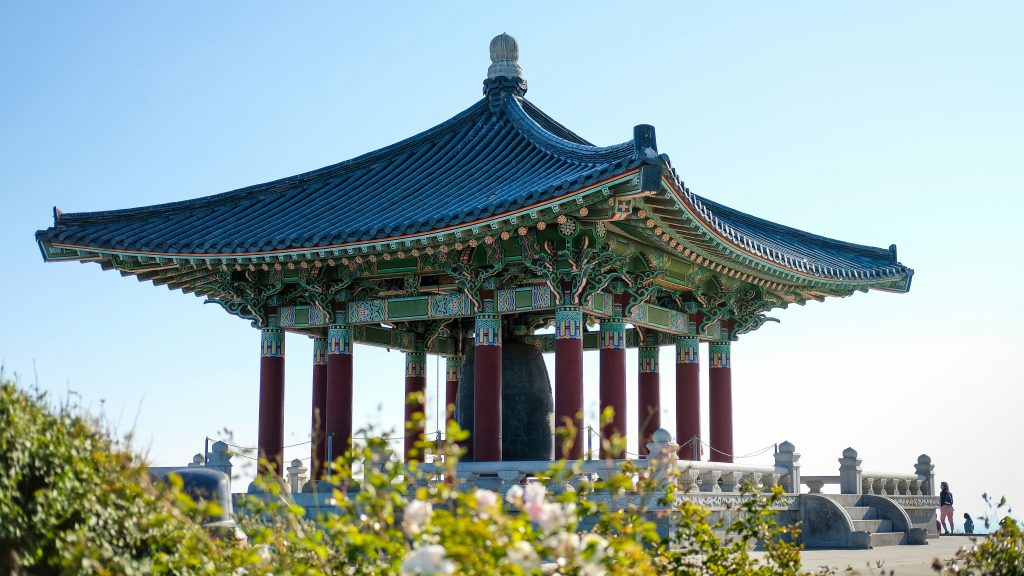
Korean dramas, commonly known as K-dramas, have become a cultural juggernaut, captivating audiences across the globe with their unique blend of emotional storytelling, cultural richness, and high production quality. This article delves into the history, distinctive characteristics, global appeal, and future trajectory of K-dramas, examining why they resonate so profoundly with viewers worldwide.
The Historical Journey of K-Dramas
Early Beginnings
K-dramas trace their roots back to the 1960s when South Korea’s first television drama, “The Gongsujeon” (1962), aired. Initially, these dramas were simple and short, focusing on straightforward narratives. However, as the medium evolved, so did the complexity and depth of the stories being told.
The 1990s: A Turning Point
The 1990s are often regarded as the golden age of K-dramas. This era saw the emergence of several iconic series that redefined the genre and attracted widespread acclaim. Dramas like “Sandglass” (1995) and “Star in My Heart” (1997) broke new ground with their intricate plots and strong character development, setting the stage for the global success that would follow.
The Hallyu Wave
The early 2000s marked the beginning of the Hallyu Wave, or Korean Wave, characterized by the global proliferation of South Korean culture, including K-dramas, K-pop, and Korean cinema. Dramas like “Winter Sonata” (2002) and “Full House” (2004) played a pivotal role in this cultural export, captivating audiences in Asia and beyond.
Defining Features of K-Dramas
Emotional Resonance
One of the most compelling aspects of K-dramas is their emotional depth. These dramas often explore themes of love, loss, friendship, and personal growth, creating characters with whom audiences can deeply empathize. This emotional resonance is a key factor in their widespread appeal.
Complex Storytelling
K-dramas are renowned for their intricate storytelling and unexpected plot twists. Writers skillfully interweave multiple narrative threads, keeping viewers engaged and eager for more. Whether it’s a romance, thriller, or historical epic, K-dramas excel in maintaining suspense and delivering satisfying resolutions.
High Production Quality
The production values of K-dramas have significantly improved over the years. Modern K-dramas feature high-quality cinematography, detailed set designs, and meticulously crafted costumes. This commitment to excellence enhances the visual and emotional impact of the stories being told.
Cultural Authenticity
K-dramas offer a window into South Korean culture, exploring societal norms, traditions, and contemporary issues. Themes such as family loyalty, social status, and the pressures of academic and professional success are frequently depicted, providing international audiences with a nuanced understanding of Korean society.
The Global Appeal of K-Dramas
Accessibility Through Streaming
The rise of streaming platforms like Netflix, Viki, and Kocowa has been instrumental in making K-dramas accessible to a global audience. Subtitles in multiple languages have broken down language barriers, allowing viewers from diverse backgrounds to enjoy these dramas.
Genre Diversity
K-dramas cater to a wide array of tastes with their diverse genres, ranging from romantic comedies and historical epics to supernatural thrillers and crime dramas. This variety ensures that there is something for everyone, attracting a broad spectrum of viewers.
Engaged Fan Communities
The global K-drama fandom is vibrant and highly engaged. Fans actively participate in online discussions, create fan art, and share their thoughts on social media platforms. This sense of community and shared passion enhances the viewing experience and fosters a deeper connection to the dramas.
Iconic K-Dramas and Their Impact
“Winter Sonata” (2002)
“Winter Sonata” is often credited with igniting the Hallyu Wave. Its poignant love story and beautiful winter landscapes resonated deeply with audiences, particularly in Japan, where it sparked a K-drama craze. The show’s success paved the way for other Korean cultural exports, establishing K-dramas as a significant global cultural force.
“Boys Over Flowers” (2009)
Adapted from the Japanese manga “Hana Yori Dango,” “Boys Over Flowers” became a landmark series that captured the hearts of viewers worldwide. Its mix of romance, drama, and humor, along with the dynamic cast, made it an enduring favorite and helped solidify the global appeal of K-dramas.
“Goblin” (2016)
“Goblin,” also known as “Guardian: The Lonely and Great God,” is a fantasy romance that achieved phenomenal success. Its unique storyline, high production values, and stellar performances by actors like Gong Yoo and Kim Go-eun garnered widespread acclaim and demonstrated the genre’s potential for creative storytelling.
The Future of K-Dramas
Technological Innovation
The future of K-dramas is poised to be shaped by technological advancements. Innovations in CGI, virtual reality, and augmented reality offer new avenues for storytelling and audience engagement. These technologies have the potential to create more immersive and interactive viewing experiences.
Expanding International Collaborations
As the global demand for K-dramas continues to grow, there is an increasing trend towards international collaborations. South Korean production companies are partnering with global streaming platforms and foreign studios to create content that appeals to a wider audience. This trend not only enhances the international visibility of K-dramas but also fosters cross-cultural exchange and collaboration.
Embracing Diversity
The K-drama industry is making strides towards greater representation and inclusivity. There is a growing recognition of the need to portray diverse characters and stories that reflect the experiences of marginalized communities. By embracing diversity, K-dramas can continue to resonate with a global audience and contribute to a more inclusive media landscape.
Conclusion
K-dramas have transcended cultural and geographical boundaries to become a global phenomenon. Their emotional depth, intricate storytelling, high production values, and cultural authenticity have captivated audiences around the world. As the genre continues to evolve and innovate, its future looks bright, promising to deliver more compelling stories that resonate with viewers across the globe. Whether you’re a seasoned K-drama fan or a newcomer to the genre, the magic and allure of Korean dramas are undeniable, offering a rich tapestry of human experiences and emotions that keep us coming back for more.
